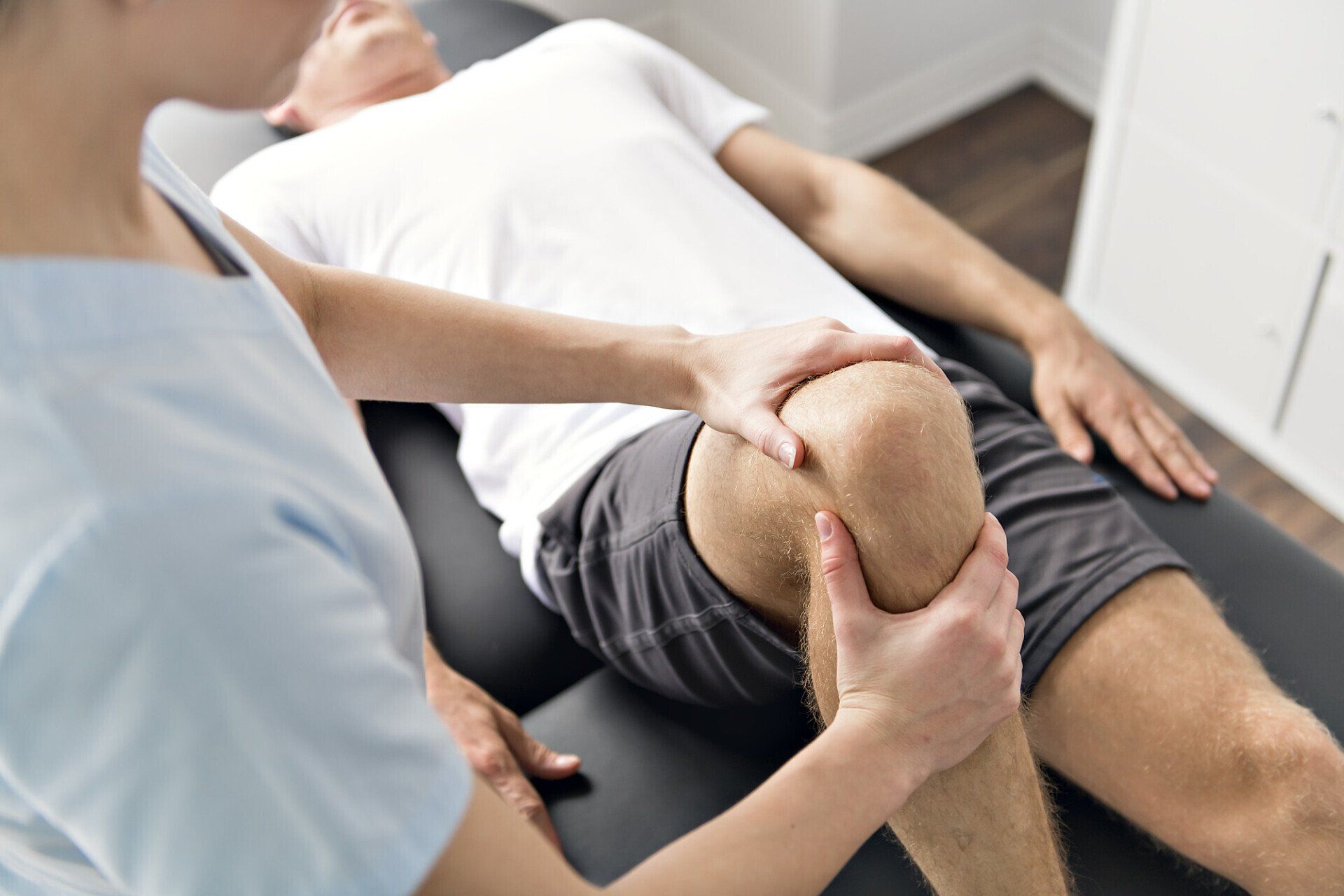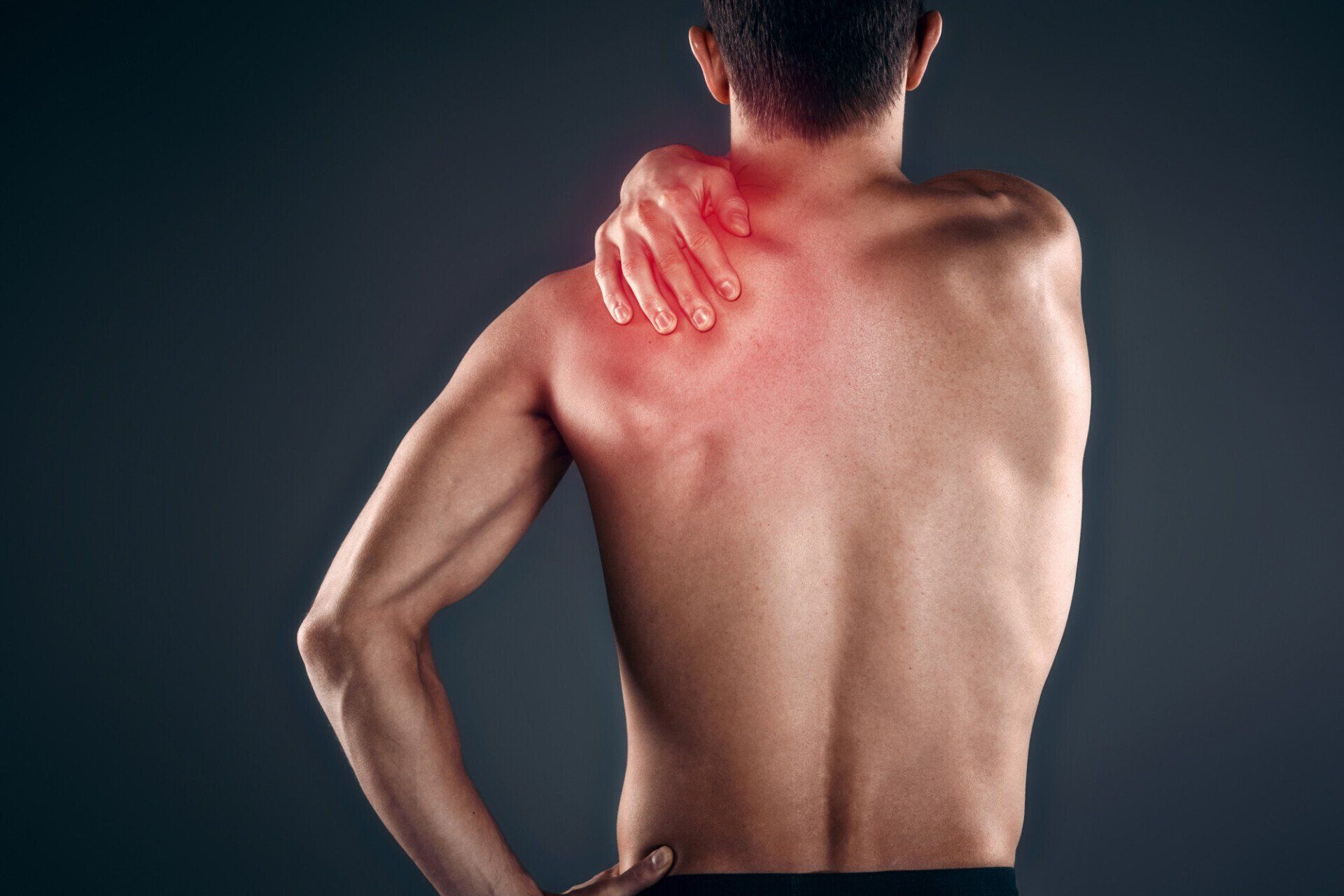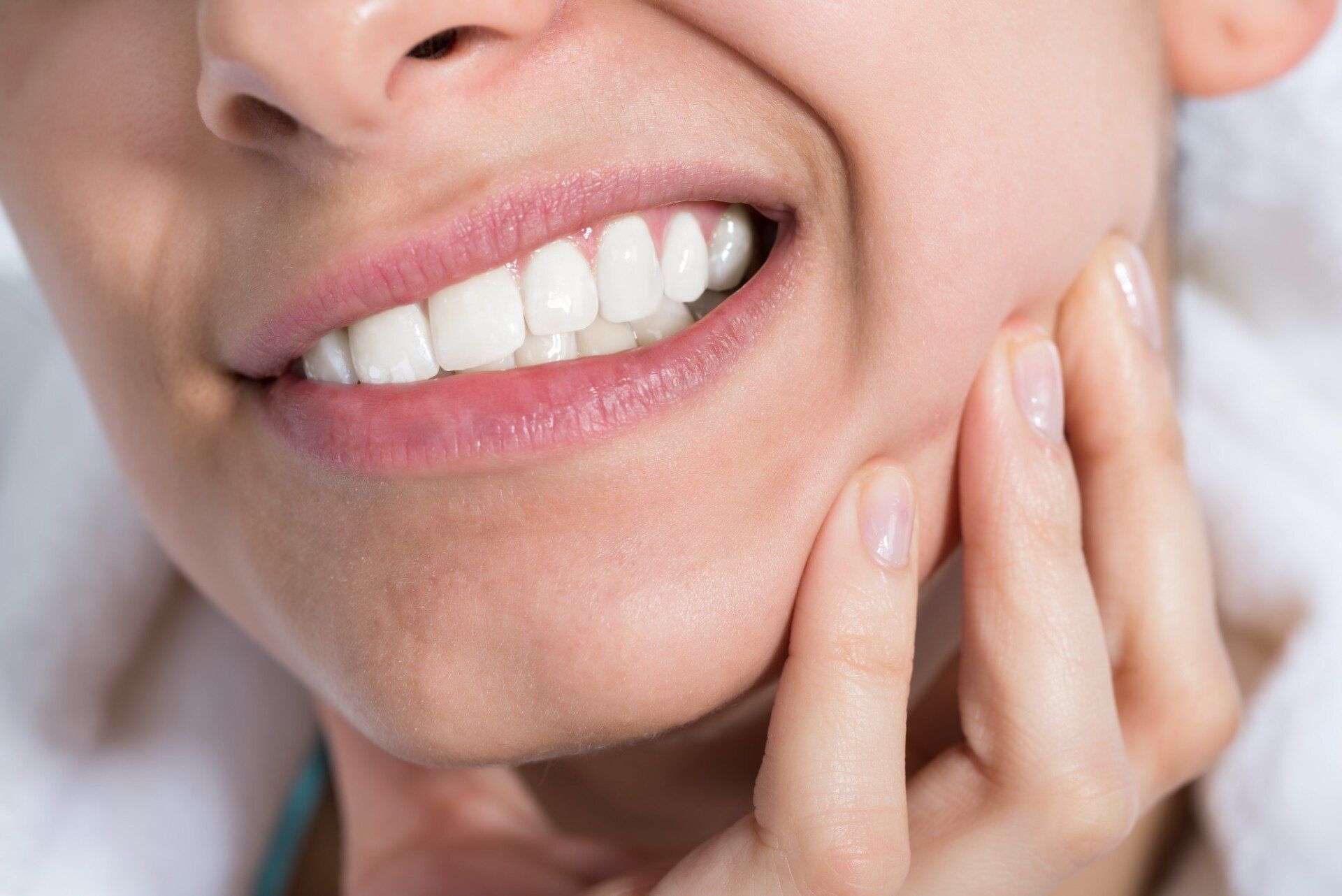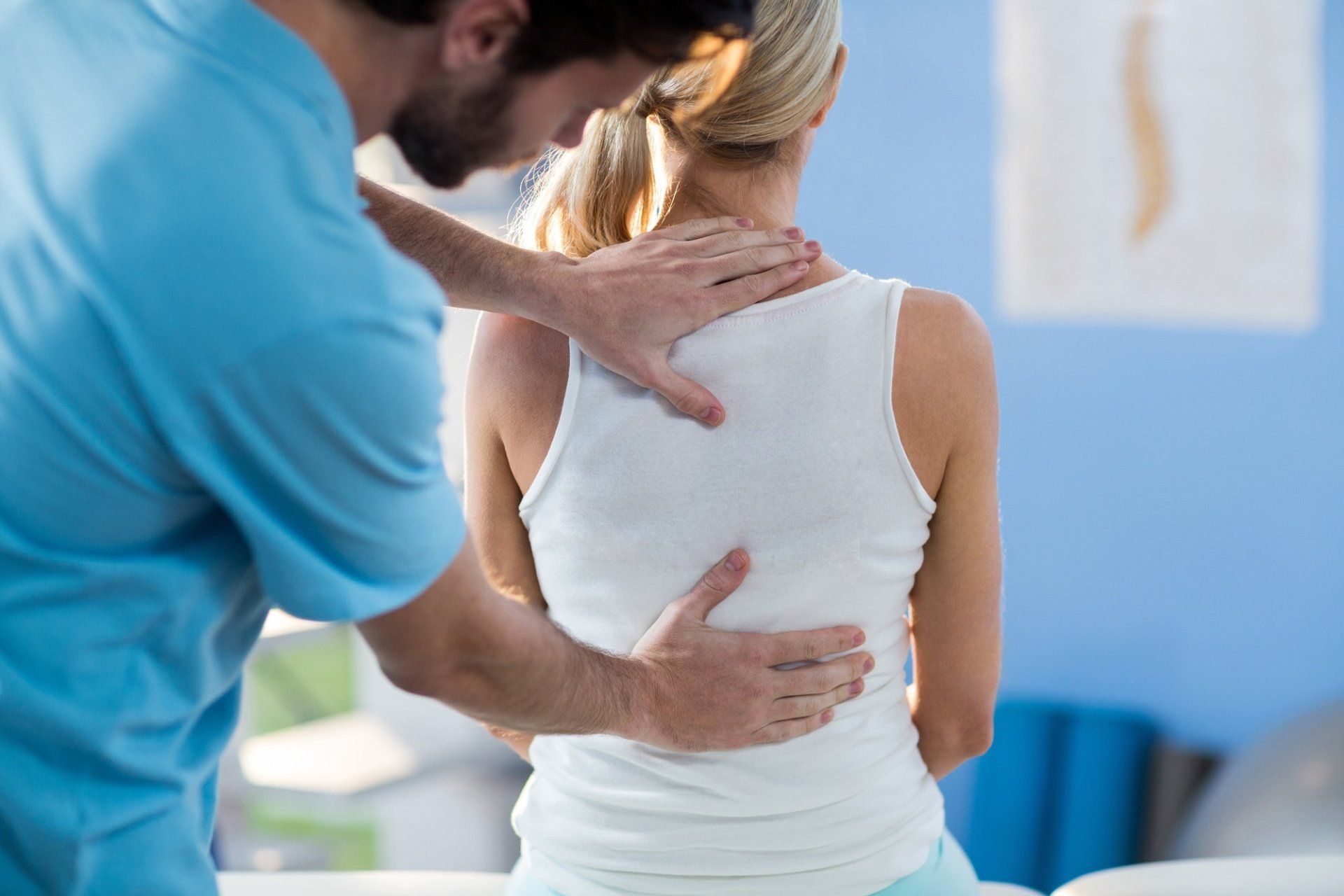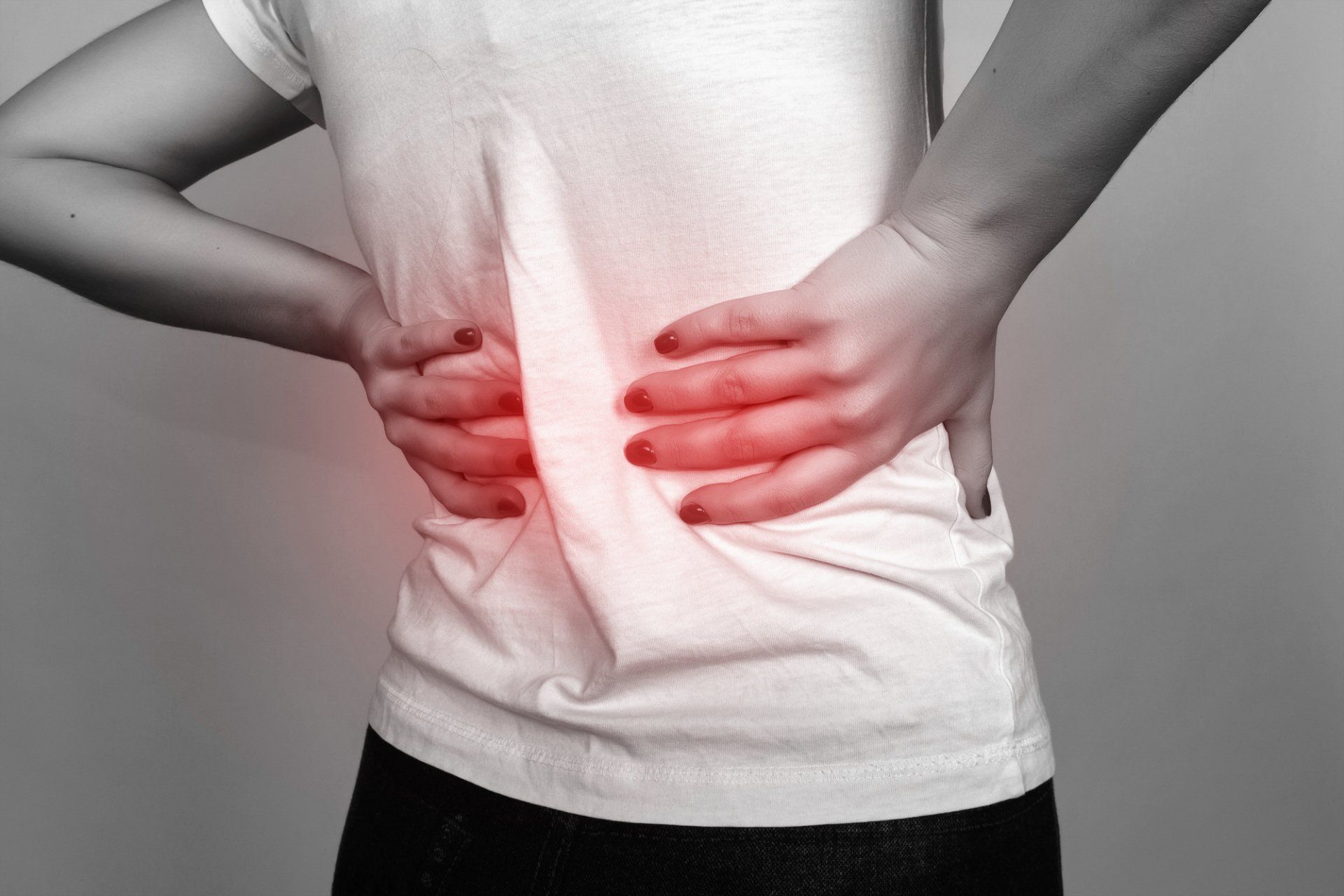How to deal with Herniated Disc
Here are some well-known tips that can help relieve pain and make you feel better:
1. Hot & Cold Therapy to Relieve Muscle Tension & Pain
Applying heat or cold therapy on the lower back can reduce muscle tension common in lumbar disc herniation. Heat treatment helps to release muscle tension that causes cramps, increases blood flow, and improves connective tissue elasticity. Cold lowers the local tissue temperature leading to an anti-inflammatory and numbing effect, which reduces pain.
- In the morning or before stretching/exercising, apply heat to your back to reduce muscle tension.
- Place a hot compress or heating pad on your lower back regularly throughout the day.
- The same method can be used with cold compresses after training, stretching, or massaging for pain relief.
- Other methods of conducting heat include a hot bath or shower and adhesive heat wrap at the end of the day.
2. Moderate Physical Activity to Enhance Resorption Process
As the body continues its restoring process, there are things you can do if the body recovers. While rest is important for healing, but activity is also encouraged. Inactivity will lead to muscle weakness, joint stiffness, and lower down immunity. Any of these used alone or in combination will slow the disc resorption process. To maintain your health without overdoing it, low-impact workouts are best. Try the following:
- Hiking
- Walking
- Swimming
- Riding a stationary bicycle
3. Certain Sleeping Positions Help to Reduce Strain
The pain of lumbar disc herniation may get worse at night. You may find that a soothing state of sleep can reduce stress on your spine. Some good options are:
- Try using a pillow under the knees to reduce tension in the lower back
- Lie on your side with a pillow between your knees to keep your hips balanced and spine straight
4. A Healthy Diet to Strengthen Your Body
A strong immune system is also essential for the resorption process. If you eat the right foods, exercise regularly, and drink plenty of water, it can work well.
Nutrition alone cannot cure a herniated disc, but ensuring that you learn to maintain a healthy spine can help prevent further injuries. When it comes to protein sources, higher-quality meat is recommended.
5. A Visit a Physiotherapist For Proper Treatment
In most cases, visiting a physiotherapist will reduce the pain associated with a herniated disc and train your body to prevent future back and neck pain. When visiting a doctor for disk problems, it’s important to ensure that he works in conjunction with physiotherapists so that you can achieve the fastest possible recovery.
The Takeaway
Disc herniation can be treated naturally and comfortably at home through proper nutrition, therapy, and exercise. Prevention is the best medicine. Also, make sure you learn to sit, bend, and lift your body correctly. It will effectively prevent new overuse or misuse injuries that can lead to further disk herniation.
These tips may not be suitable for everyone, and it may take some time to find the best way to relieve lumbar disc herniation.
Recent Articles
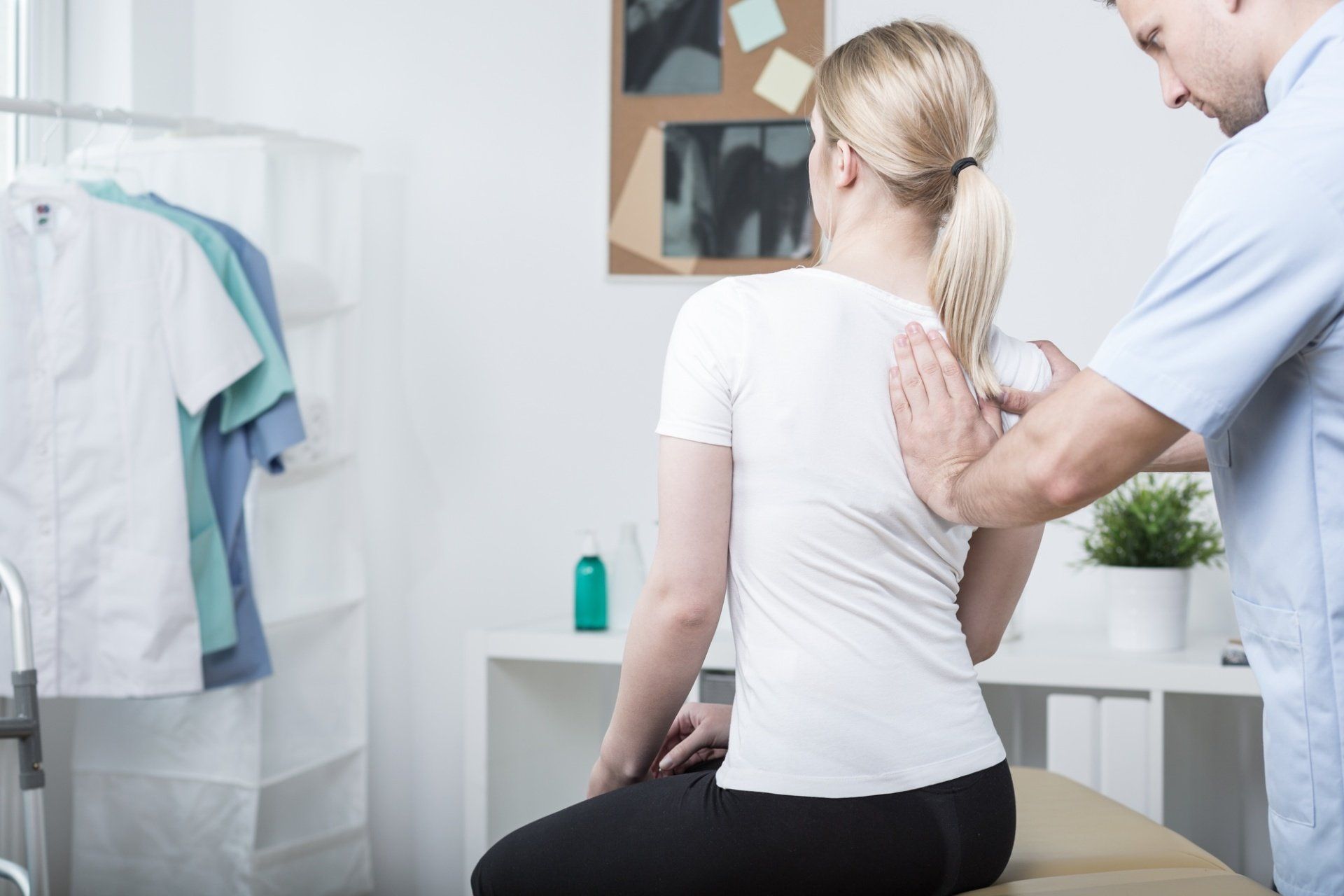
Blogs and Articles




